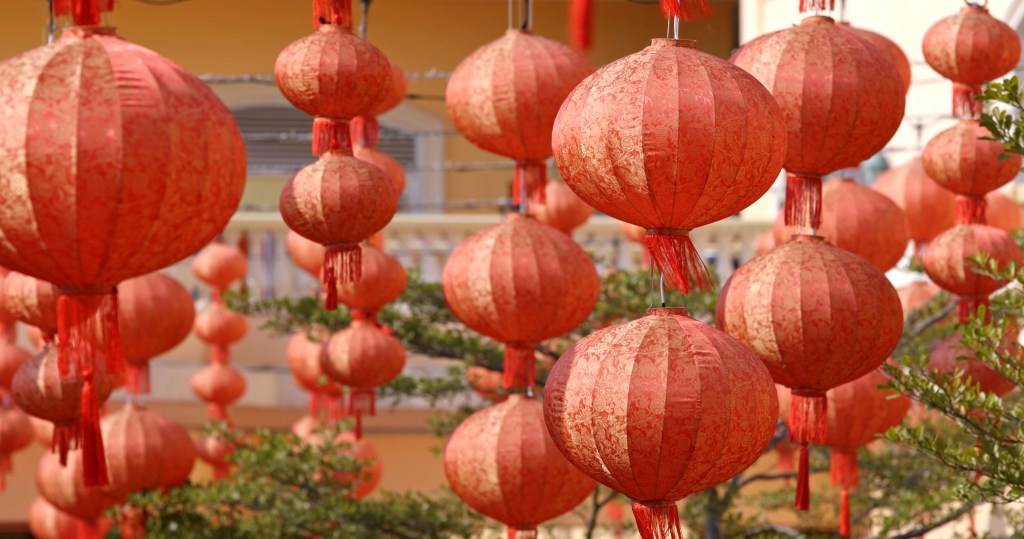It wasn’t long ago that the pumpkin spice craze blew up across the U.S. and the arrival of autumn became synonymous with this unofficial flavor of fall. Demand seemed infinite, and categories across the food and beverage landscape clamored to ride the coattails of this fashionable twist on a seasonal classic, with all things pumpkin along for the ride. But with relative ubiquity in 2017, is the fall-famous orange gourd still gaining traction with consumers?
Yes: Pumpkin-themed products are still a hit with consumers, but sales are no longer rocketing upward across all categories. That’s because sales across the U.S. fast-moving consumer goods (FMCG) landscape are still trending upward overall, but at a much slower pace. In contrast, the ride might be slowing for pumpkin-themed craft beer, as sales have been sliding since eclipsing $115 million in the fall of 2014.
As consumer appetite for fall-inspired FMCG products has escalated, the landscape has grown rife with pumpkin-inspired products. From cosmetics to marinades to oral hygiene, the presence of the distinct orange squash pops up just about everywhere as soon as summer starts to fade. Despite the seemingly endless applications for pumpkin, however, a select 10 product categories account for 87% of all pumpkin-flavored product sales across the FMCG landscape.
Certain categories, particularly pie filling, are stalwarts in the pumpkin realm, but have lost some momentum over the past year. Notably, sales of pumpkin flavored pie filling, cream, and yogurt have all declined over the past year. Comparatively, a few up-and-coming categories are driving significant gains, albeit from a lower base. Sales of dog food, cereal, and liquid coffee have all contributed to the steady and continued growth of the pumpkin trend (sales increases of 115%, 183% and 596%, respectively, in the latest year).
But consumers aren’t just looking for a hint of pumpkin flavor: Many are seeking the real deal. And in line with consumer desires to eat fresher, sales of fresh pumpkin are rising. According to NielsenIQ FreshFacts, fresh pumpkin sales hit $121 million for the year ended July 31, 2017, up 5.1% in dollar sales and 4.6% in volume sales from the previous year ($116 million).
Categories that include pumpkin (including pumpkin seeds) as an ingredient are also on the rise. According to NielsenIQ Product Insider, powered by Label Insight, sales of products that include pumpkin as an ingredient totaled $1.14 billion for the year-ended Sept. 2, 2017, up 3.5% year-over-year and up 20% from two years ago. But not all categories are benefitting from the rising pumpkin tide. Yogurt and desserts saw the biggest dips in sales, while bread saw the highest absolute year-over-year growth. Pet food with pumpkin as an ingredient is another highlight, posting 101% growth over last year and 193% from two years ago.
It’s worth noting that pumpkin isn’t the only fall-inspired flavor on the market: Maple also has an autumn feel to it, and certain products with maple are benefitting as a result. While sales of all products with maple were down 0.4% in the year ended Sept. 2, 2017, sales of processed meats with maple, maple syrup, beverages with maple (as an alternative sweetener) and facial care products with maple all saw sales gains in the recent year (7.3%, 6.9%, 25.6% and 40.9%, respectively).
As the data indicates, consumers still have a healthy appetite for most things pumpkin. And for some categories, such as craft beer, pumpkin has year-round appeal. Notably, Americans have spent more than $3 million on pumpkin-flavored craft beer in each of the summers between 2014 and 2017.
But as with any product innovation, supply needs to meet demand rather than outpace it. And that’s why retailers and manufacturers alike need to stay connected to consumer preferences in order to anticipate trends and deliver on current and future needs.



